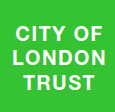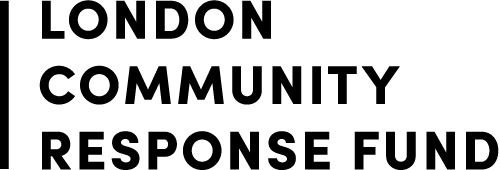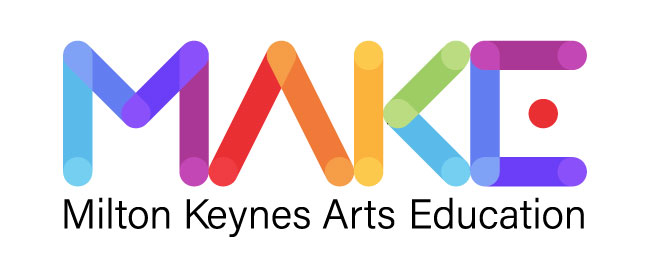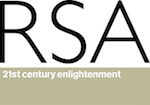Art is debatable in schools by Rebecca Boyle Suh
|
Executive Chairman of Artis Rebecca Boyle Suh describes why she started our ‘What is art?’ competition.
As I walked around an Essex primary school, I saw a question of the week all over the walls; ‘Why are the grown-ups in charge?’ The head said that the previous week it was ‘What makes the moon shine?’ and the following week would be ‘Why do we have wars?’
The children at this school were delving into the depths of philosophical enquiry with the help of a book called Big Questions from Little People, and Simple Answers from Great Minds by Gemma Elwin Harris. I certainly wish I had gone to this primary school and had my thinking skills fostered in this way.
This philosophising head also introduced me to the beautifully crafted animation series on CBeebies called What’s the Big Idea?which is essentially philosophy for pre-schoolers. Based on the globally successful children’s book, The Book of Great Philosophical Opposites by Oscar Brenifer and Jacques Després,What’s the Big Idea? worked with Philosophy for Schools (P4S) consultants to transform the book into a remarkable series. It follows Hugo whose appetite for critical thinking encourages children to question the world around them. It inspires young minds to contemplate familiar themes in a different light. Hugo shares his ideas and poses thought-provoking questions that perhaps can never truly be answered.
Indeed I remembered Hugo’s ‘What is art?’ programme whilst reading the irate responses to an interview with YBA artist Jake Chapman last summer. He told The Independent that taking children to galleries is a “total waste of time” and parents were “arrogant” for thinking their children could understand art. Chapman and his brother Dinos were nominated for the Turner Prize in 2003 and are known for their explicit works. Although they are adept at manipulating the media to get attention for their work, these comments did provoke an interesting debate as artists, parents and educators spoke up. Anthony Gormley, whose works include Angel of the North, described Chapman as an “agent provocateur” and told The Times “I don’t think art is to be understood – it’s to be experienced.”
If only children had been included in this debate. I think we would quickly have seen that they could nimbly play with the idea of what art means to them. Children have an enormous capacity for philosophical enquiry. They are endlessly inquisitive and, most importantly, open-minded. They just need to be given the opportunity to develop their critical thinking and discussion skills.
Last term I witnessed six-year-olds in a Merton primary school debating what art is. The starting point was a fabric toilet sculpture – an intriguing stimulus. After discussing whether this toilet could be art, the children were asked what else art could be. The first small but certain voice called out “My bed is art” – and I assure you he was no relation to Tracey Emin. By creating a space for these children to share ideas whilst giving them a framework for discussion, their imaginative worlds became bigger.
These six-year-olds moved beyond the obvious with lightning speed and demonstrated that they could easily think conceptually. During the debate, contributions included, “Art is telling stories”, “Art is music”, “Art is something that can make you feel proud” and “Art is beautiful and interesting.” I could see that this philosophising process was extremely liberating for the children as there were no wrong answers. Active listening was being promoted and their self-confidence was building before my very eyes.
The Essex headteacher was clearly aware of the importance of critical thinking skills such as analysis, flexible thinking, curiosity, open mindedness and deductive reasoning. Indeed these skills are vital to all areas of the curriculum and far beyond school.
Provoked by Chapman’s comments, I felt it was time to collect children’s thoughts from around the UK on what art means to them by launching a competition. My instinct is that our ‘little’ minds could be a real match for how some ‘great’ minds have defined art in the past. If you’re interested in debating what art is in your school this term, download the Artis ‘What is art?’ competition resource. It uses a sculpture by the artist Do Ho Suh to stimulate a physical exploration of the arts and many other curriculum areas. It does not aim to produce definitive answers or to limit the children’s responses, but to encourage individual, generous and even contradictory opinions. Children will of course develop skills and thinking en route…
This post originally appeared on the Key Insights website, January 2015. |
16 Feb 2015 |
















